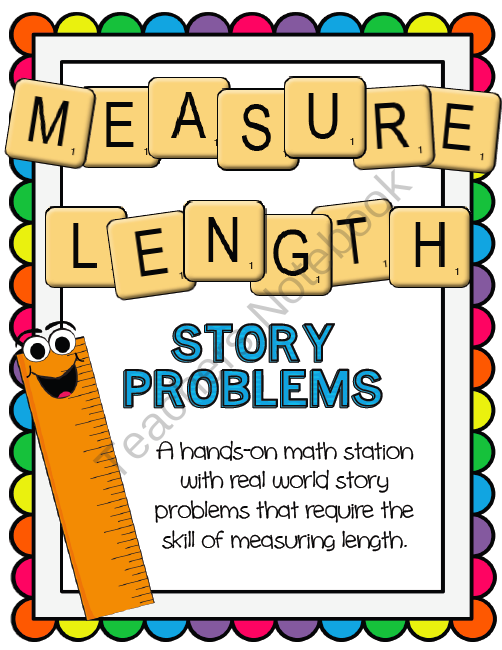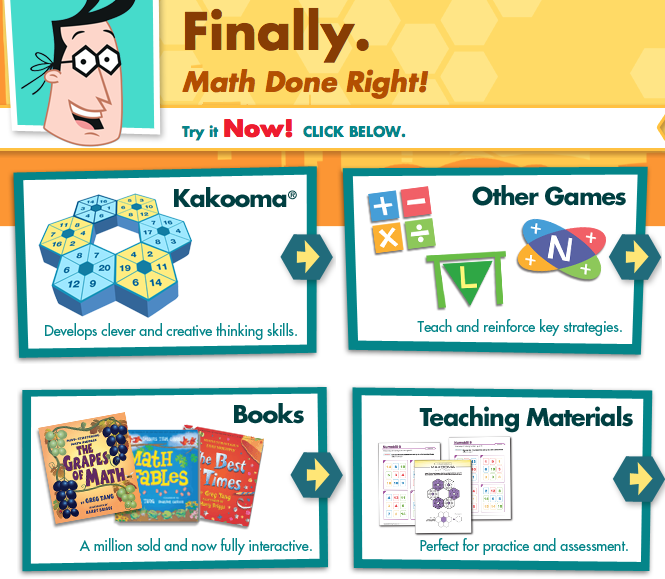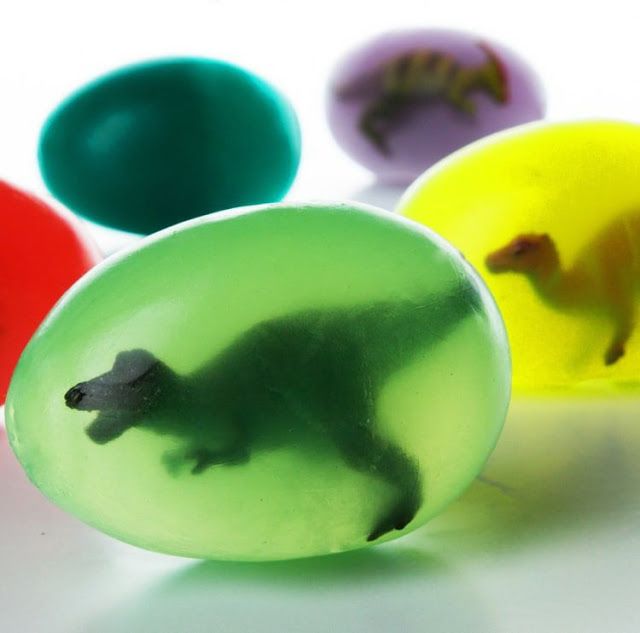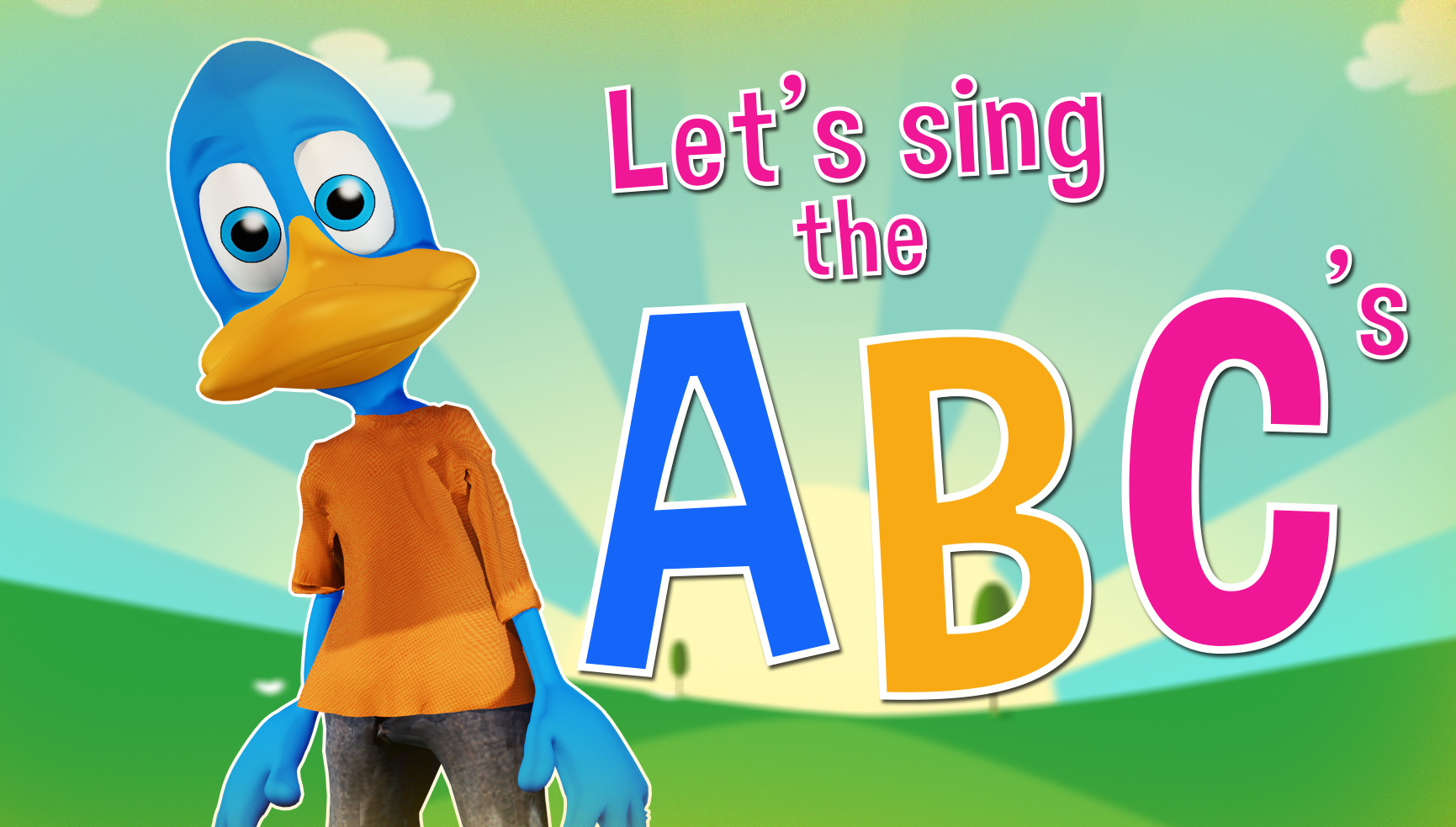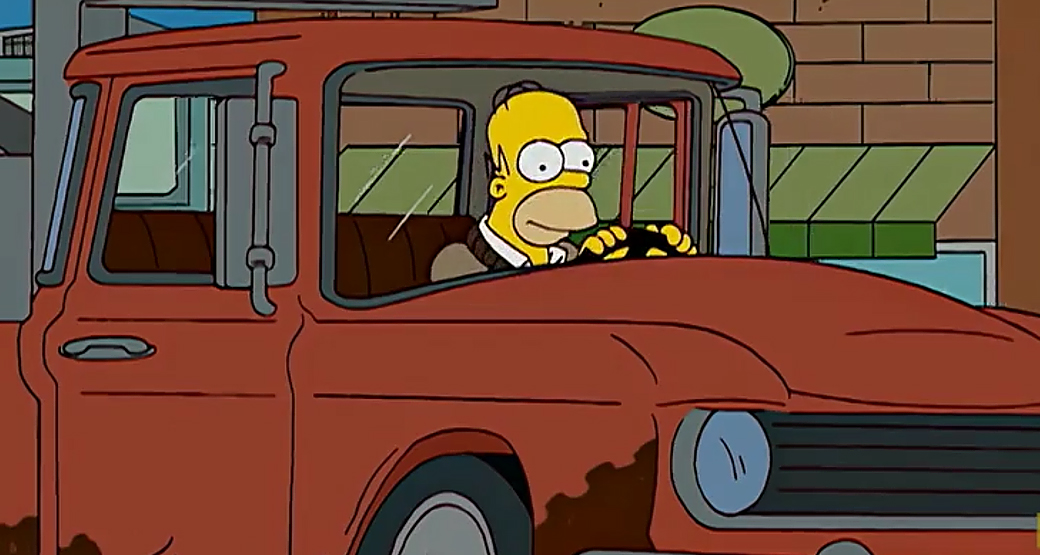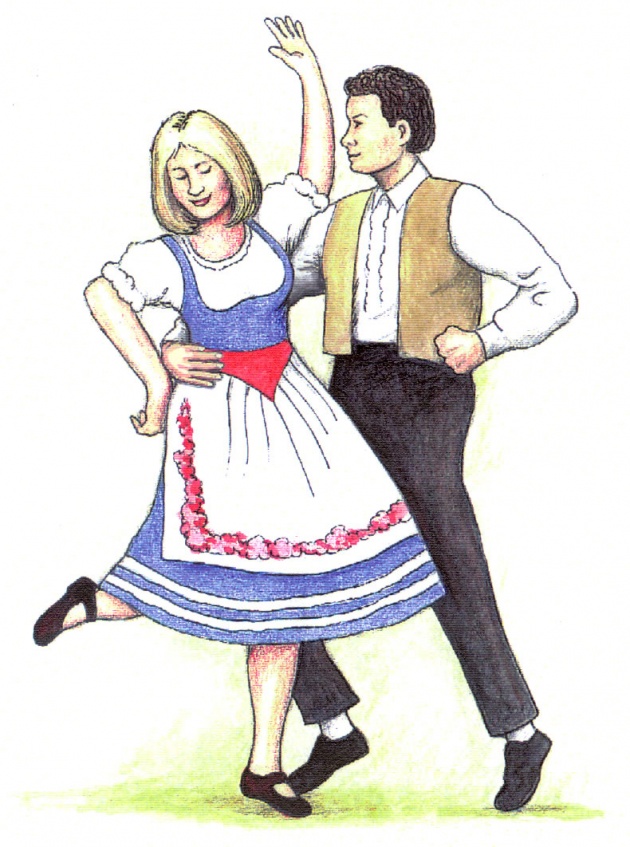Math games hands on
7 Classroom Math Activities That Will Make Math Engaging and Fun
Back to Articles
Fun, hands‑on math games are a great way to make early math concepts clear and keep your students engaged.Introducing math games into the classroom is a great way to make learning fun, engaging and motivating for young learners.
And the best part about starting early (kindergarten to grade 2) is that it helps your students to develop a positive attitude toward math from an early age, setting them up for a successful academic future.
Here are some fun classroom math activities that will have your students begging to do more.
Math Bingo
This math game is sure to become a fast favorite with your students. You can choose whatever skill you want to review, such as addition, subtraction, or number sequencing. The game works just like regular bingo, except students have to solve math problems in order to know what number to mark off of their sheet.
To prepare, make a list of 25 math problems (e.g. 2+1, 3–0, or 2, 4, 6, _ ). Write the answers on the same sheet of paper.
Create your own 5x5 bingo cards or generate them online. At random, write the answers on the cards using the solutions from your list. There should be a bingo card for each student playing. You can laminate the cards to use for next time and have students place pennies or rocks to mark their answers.
Make a paper plate clock
Are your students learning to tell time this year? This hands‑on craft activity is a fantastic way to practice this important skill.
Start with a paper plate and make a small hole at the center. Students should write the numbers in the correct places. Using colored paper, they can then cut the clock hands to the right size and secure them using a split pin from the center. You can even use a second plate (different color) for students to write the minutes. Glue the second plate to the bottom of the first so that it creates a rim.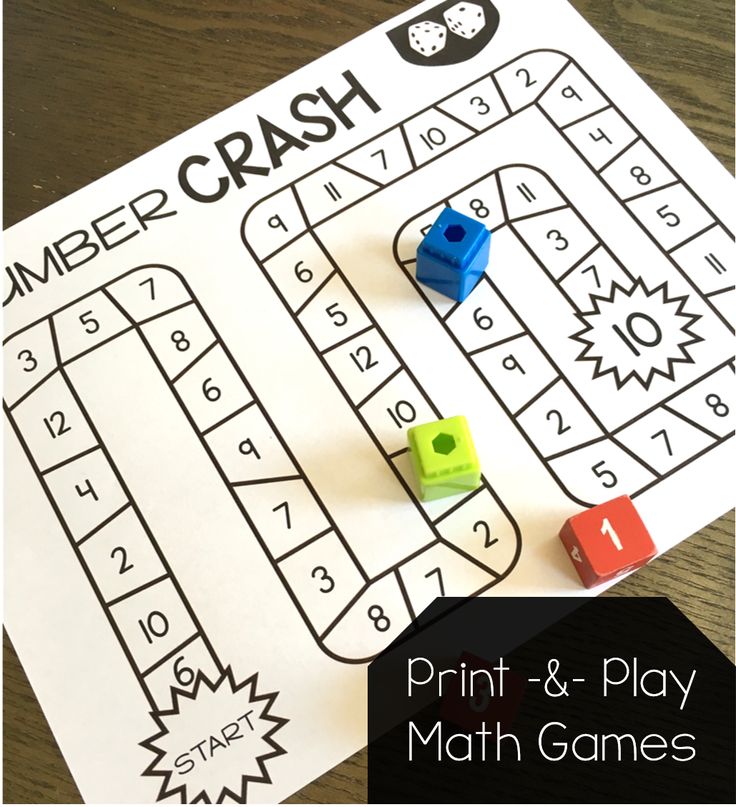
Guess the weight
Children love playing guessing games, and when it comes to whether something is heavy or light, there can certainly be a few surprises in store for them.
Gather several items and spread them across a table. One at a time, ask students to guess the weight of each item and write their predictions in one column on a page (you can create a simple template for this too). Using kitchen scales, invite individual students to weigh each item and record the correct answers in a second column. You can also add a column in between and pass each item around the class, so students can guess the weight after holding each in their hand.
Hopscotch math
This game is a great way to get your students outside on a nice sunny day. Using a piece of chalk, draw a hopscotch grid on the pavement mimicking a calculator layout. Ask students to form a line and one by one, give them a simple operation (e.g. 2+3, 5–0). Students should take turns hopping on each element of the equation in the correct order, landing finally on the answer.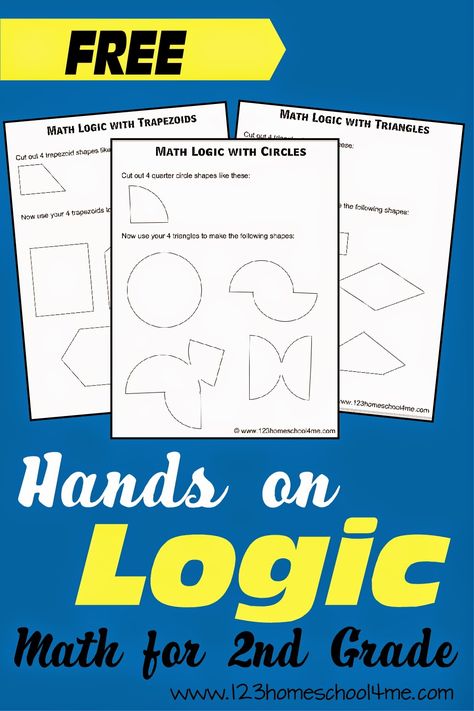
In another game, you can call out a number and ask students to hop on any equation that equals to that number. For a fun twist, ask students to hop on one leg for odd numbers, and two legs for even numbers.
Hopscotch math is a fun activity which helps students to practice simple operations.Pizza fractions
Fractions can be tricky, so this activity can really help students to visualize key concepts. Create an instruction sheet with five different fractions on each (you can create several so different students get a different set). Students should create a pizza (using construction paper, or even the inside of an empty pizza box) and decorate the toppings to represent each fraction.
For example, if they had a quarter (fourth), they should cover one-quarter of the pizza with a specific ingredient (e.g. mushrooms or pepperoni).
'Lengthy' scavenger hunt
Divide students into groups and give each group a list of measurements and a measuring tool (e.g. a ruler, tape, trundle wheel).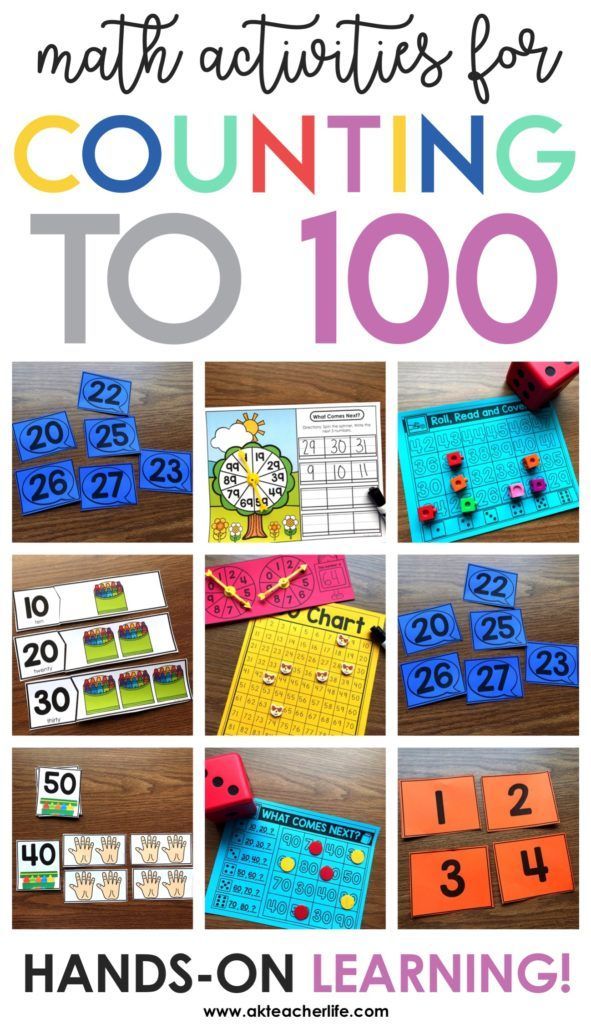 Instruct students to find items that are exactly the length of what they have listed. For younger students who haven't yet been introduced to measurement, draw various lines on their sheet and ask them to find items that are exactly the same length.
Instruct students to find items that are exactly the length of what they have listed. For younger students who haven't yet been introduced to measurement, draw various lines on their sheet and ask them to find items that are exactly the same length.
Make sure you prepare items beforehand and place them in a safe and visible spot. This activity can be done outside or in the classroom.
Survey and graph
Ask each student to think of a question they’d like to survey their fellow classmates on. For example, they might like to ask their classmates what their favorite animal is out of a dog, monkey, pig, or chicken. Give students time to walk around the classroom quizzing each other and recording their data.
Once students have collected enough data, ask them to represent their results by building a bar graph using linking cubes, blocks, or Legos. They can use sticky notes or bits of paper to create labels above each bar. Take a photo of each student's graph, which you can later print out to create a class collage to display.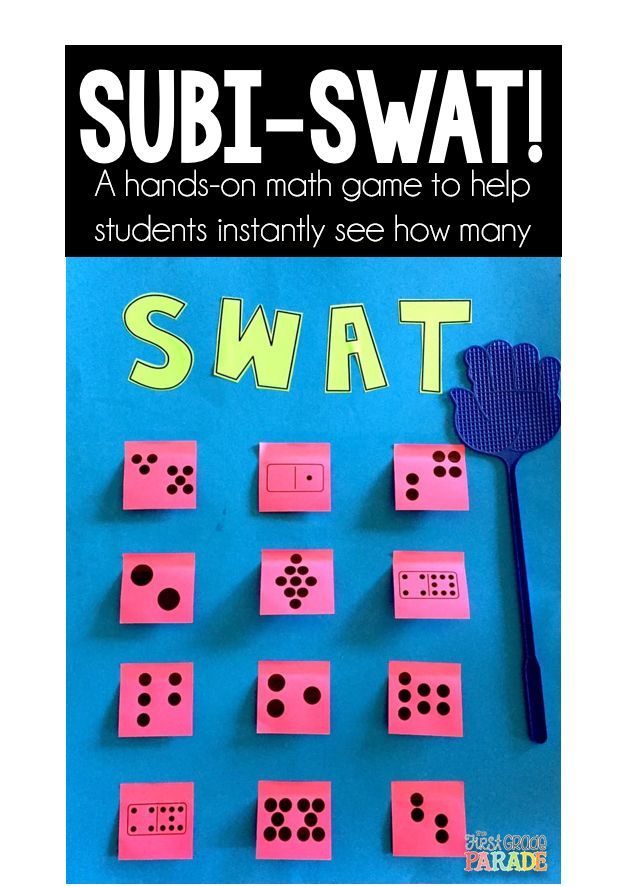
Looking for new ways to make elementary math fun? Mathseeds is a research-based online math program specifically designed for students in grades K–2. Created by a highly experienced team of elementary teachers, Mathseeds provides self-paced lessons, fun games, automated reporting, and a range of teaching tools to help your elementary math students succeed. Sign up for a free trial today.
35 Active Math Games and Activities for Kids Who Love To Move
Tired of hearing groans when you announce it’s time for math? These active math games and activities will spice up your learning game. They get kids up and moving, using their whole bodies to learn facts and skills. Lots of these ideas can be adapted to suit a variety of math concepts, so choose a few to try out with your own math students.
1. Throw snowballs inside or out
Clip flash cards to plastic tubs, then challenge kids to throw the correct number of large white pom-poms (“snowballs”) in from a distance. If there’s snow on the ground, bundle up and take this one outside to use real snowballs!
If there’s snow on the ground, bundle up and take this one outside to use real snowballs!
Learn more: Frugal Fun 4 Boys and Girls
2. Stack sticks to practice tally marks
Small sticks are perfect for practicing tally marks. Kids will have fun checking the ground under trees for twigs, then breaking them into pieces and creating tally piles.
Learn more: @amysam623
3. Fish for numbers
It’s so easy to make your own magnet fishing pole. Float some numbered foam fish with paper clips attached, then try to catch the numbers in the right order! (Don’t want to get wet? Just lay the fish on the ground instead.)
Learn more: Buggy and Buddy/Fishing Math
4. Draw and measure shapes on the sidewalk
First, give kids some sidewalk chalk and let them draw a variety of shapes, as big or small as they like. Then, arm them with measuring tapes and have them practice taking measurements.
Learn more: @playexploregrow
5.
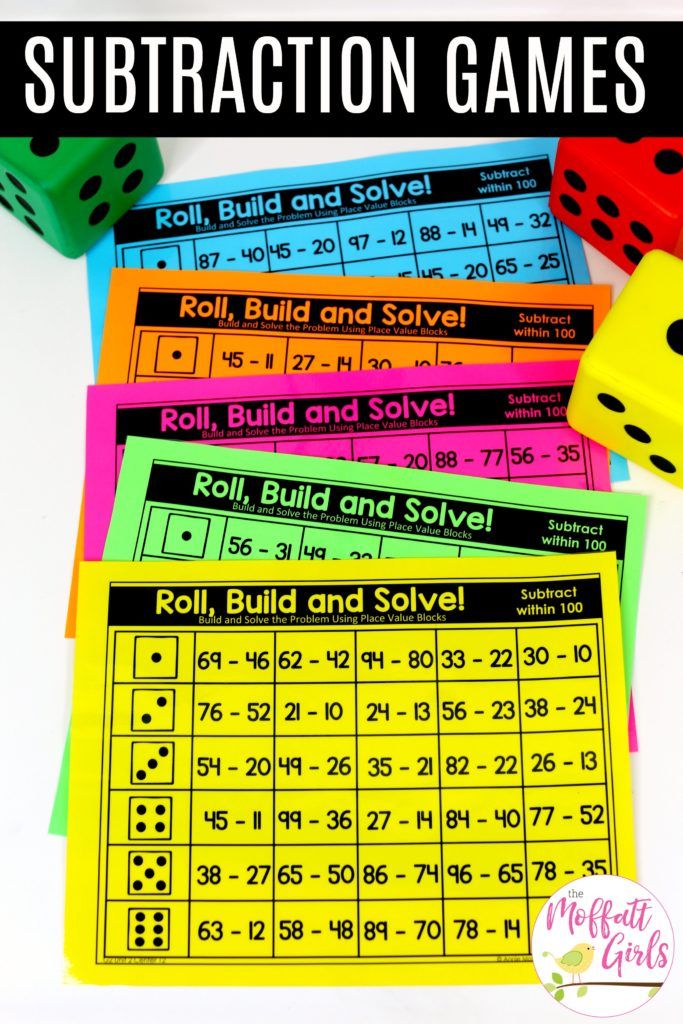 Stomp and smash on a number line
Stomp and smash on a number lineGrab some paper bags and number them, then shake them out and lay them in a number line. Now, call out an addition or subtraction problem, like 3 + 2. Have a student stomp on the bag labeled three, then on the next two to arrive at an answer of five. (Feeling brave? Try this one with balloons!)
Learn more: Schooltime Snippets
6. Grow fact-family flowers
Pick up colorful fall leaves and write math facts on them. Gather them around a numbered rock to make pretty flowers.
Learn more: @discoverwildlearning
7. Toss beanbags to learn place value
Label bins with place values like ones, tens, and hundreds. Kids toss beanbags into the bins, then count them and see what number they’ve created.
Learn more: Saddle Up for Second Grade/Place Value Toss
8. Form paper-plate number bonds
Pass out numbered paper plates, then have students mix and mingle to see how many number bonds they can form.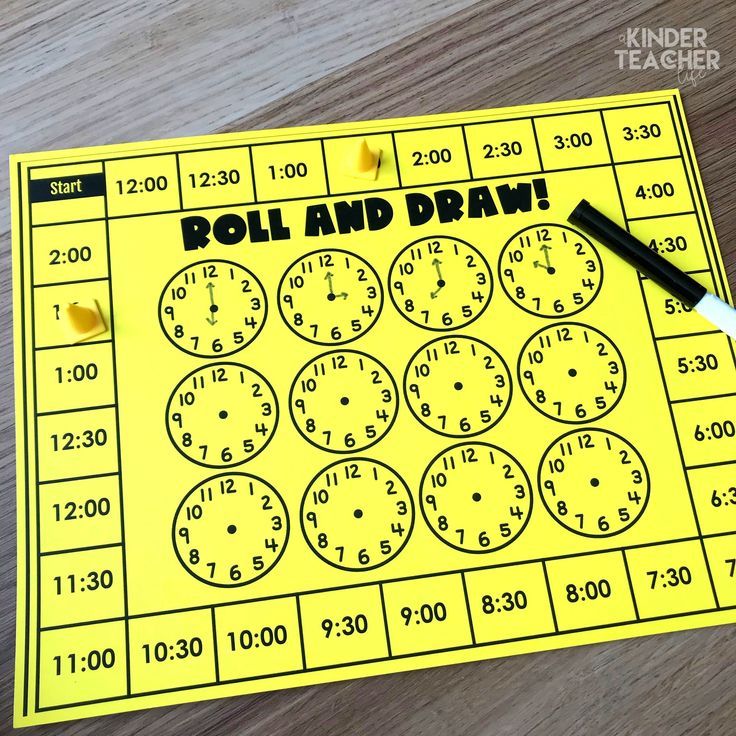
Learn more: The Schroeder Page
9. Create a life-size number line
Number lines are wonderful for all sorts of math games and activities. Make one big enough for kids to stand and jump around on using sidewalk chalk (or painter’s tape indoors). You’ll use it over and over again.
Learn more: Childhood Beckons
10. Hit the target and graph
You can teach graphing in lots of ways, so why not make it active? Students throw balls onto a target, graphing and analyzing their throws as they go.
Learn more: Amy Lemons
11. Head out on a plot graph scavenger hunt
Create a map of your school, playground, or other area using graph paper (or even better, have kids help you do it). Then choose plot points for them to visit to find notes or small prizes. They’ll feel like real treasure hunters!
Learn more: Edventures With Kids
12. Roll the dice to count and move
Get practice with low-number counting and addition using action dice.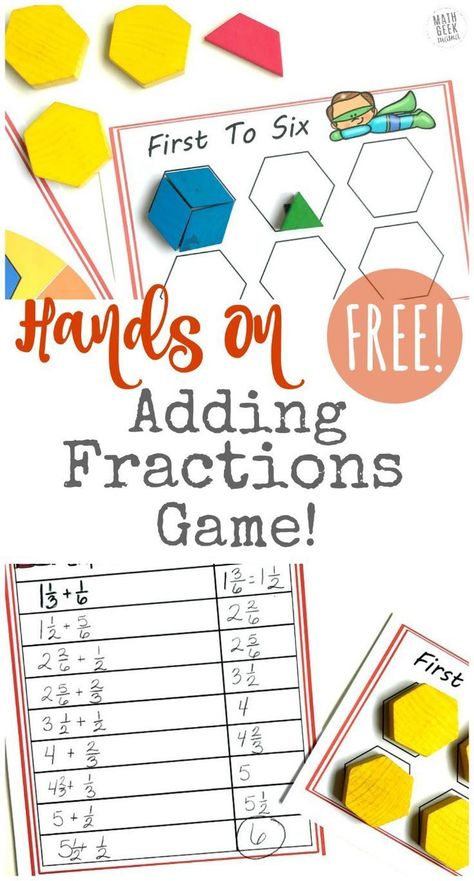 Write activities like “jump,” “clap,” or “stomp” on a small wooden block, then roll it along with a pair of dice. Kids add them up (or subtract if you prefer) and complete the activity the number of times shown.
Write activities like “jump,” “clap,” or “stomp” on a small wooden block, then roll it along with a pair of dice. Kids add them up (or subtract if you prefer) and complete the activity the number of times shown.
Learn more: Buggy and Buddy/Math Dice
13. Whack a ball to subtract
You know your elementary math students are going to love this! Build your own whack-a-mole 10-frame with a shoebox and Ping-Pong balls. Then, have kids whack the balls to practice their subtraction facts. So fun!
Learn more: Planning Playtime
14. Make a splash with water balloons
You’re going to need to be willing to get a little wet for this one, but kids simply adore math games (or any games!) with water balloons. Fill and label balloons numbered 1 through 20 (or whatever numbers you’re working on). Draw the numbers in a big circle on the playground. Then, have a student choose a balloon, find the matching number, and head off to make a splash!
Learn more: Little Bins for Little Hands
15.
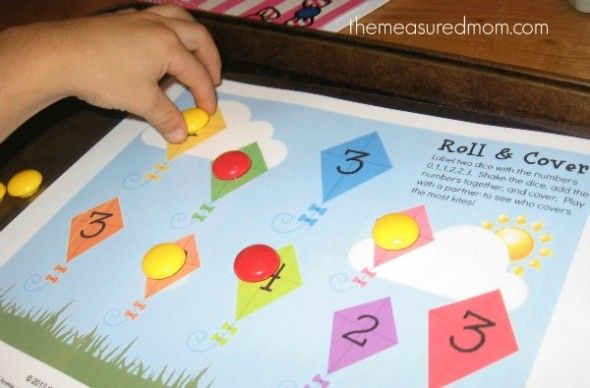 Tell time on a giant clock
Tell time on a giant clockDraw a giant clock face with hours and minutes on the playground with sidewalk chalk. Choose two students to be the hour and minute hands, then call out a time and send them out to become the clock. Add more complicated elements by having them add to or subtract from the initial time too. (“Now it’s 23 minutes later!”)
Learn more: Creative Family Fun/Sidewalk Chalk Clock
16. Measure your frog jumps
Have your students hop like frogs, leap like gazelles, or jump like kangaroos. Then, pull out the ruler or measuring tape so they can measure the distances they’ve covered.
Learn more: Coffee Cups and Crayons
17. Jump to math facts practice
Lay out a grid like the one shown that has the answers to whatever set of math flash cards you’re currently working with. (This teacher used masking tape; you could also do sidewalk chalk on the playground.) Two players face off, one on each side of the board. Show the flash card, and kids race to be the first to jump to the correct square with both feet inside the lines.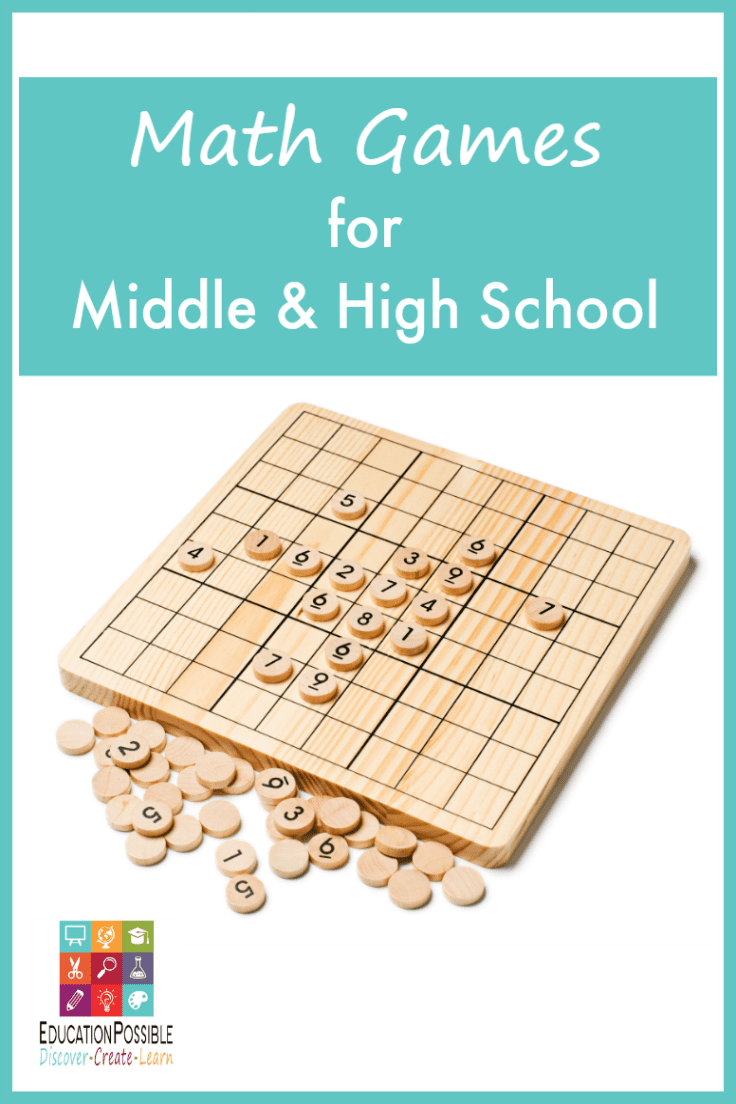 Get all the rules at the link below.
Get all the rules at the link below.
Learn more: Teaching and Tapas
18. Run a flash-card race
Tape a series of flash cards to the floor and challenge kids to see who can correctly make their way from start to finish the fastest. They can call out the answers or write them down, but they have to get it right before they move on. Kids can race side by side or work independently to beat their own best time.
Learn more: There’s Just One Mommy
19. Catch a math beach ball
Beach balls are so much fun in the classroom. Scribble numbers all over one with a Sharpie, then toss it to a student. Wherever their thumbs land, they add (or subtract or multiply) those two numbers together before tossing the ball to the next student.
Learn more: Saddle Up for Second Grade/Beach Ball Math
20. Do a number dance
Kids who love “Dance Dance Revolution” will get into this one. Make a number mat for each student like the ones shown.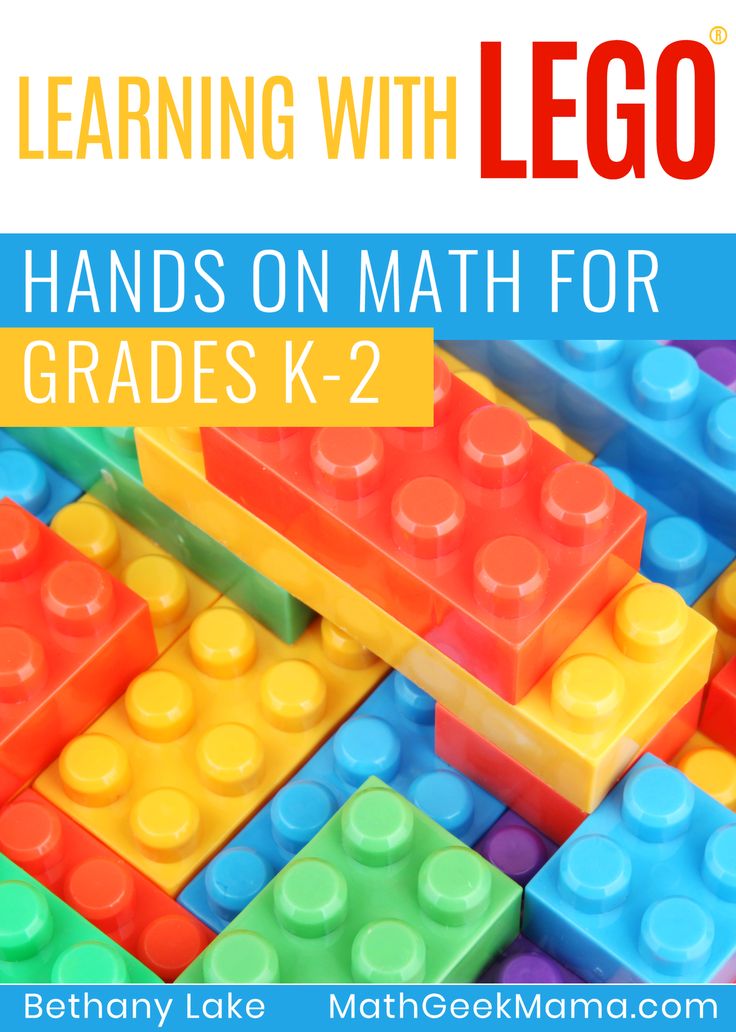 Flash an equation with an answer between 10 and 99 on the screen. Kids figure out the answer and jump to put their left foot on the correct tens place, right foot on the ones. They’ll be dancing and spinning as they learn!
Flash an equation with an answer between 10 and 99 on the screen. Kids figure out the answer and jump to put their left foot on the correct tens place, right foot on the ones. They’ll be dancing and spinning as they learn!
Learn more: Number Loving
21. Groove with angles
Teach kids about transversals and the angles they create with some fun dance moves! Get the details for “Dance Dance Transversal” at the link below.
Learn more: Communicating Mathematically
22. Add and subtract by stacking cups
We’re not sure why, but kids simply love stacking cups. Label yours with math problems and answers, then have kids build pyramids and towers galore!
Learn more: The Kindergarten Smorgasboard
23. Measure the height of a tree (no ladder needed)
Kids will be amazed to learn they can measure the tallest tree while keeping their feet on the ground. The link below walks you through the steps with a free printable.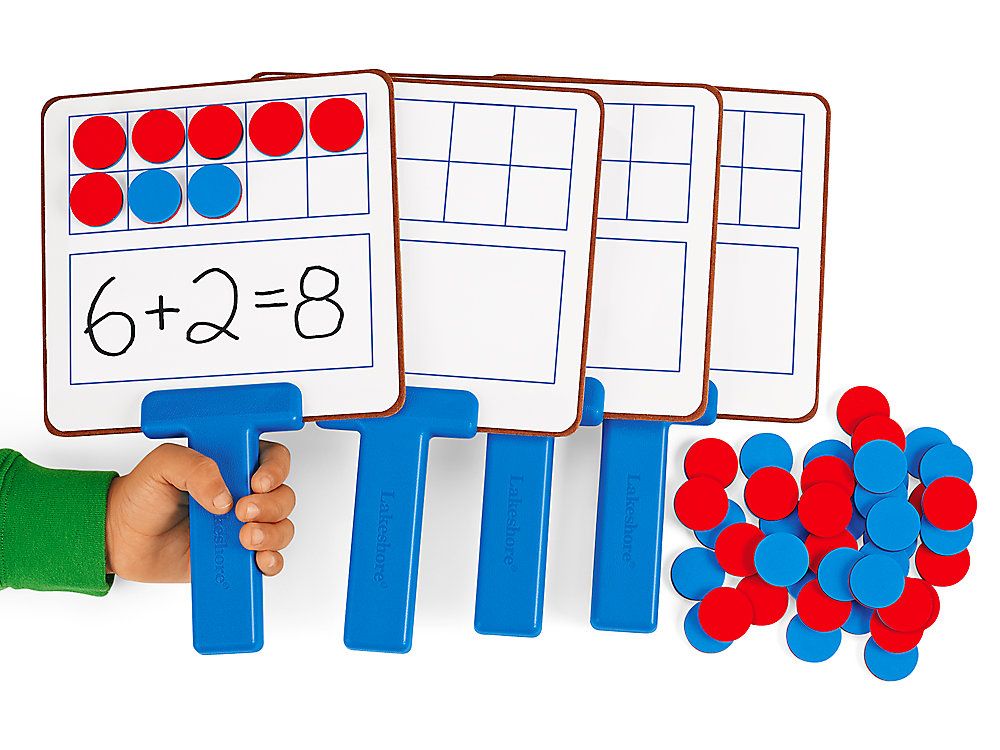
Learn more: From ABCs to ACTs
24. Count and learn on a nature walk
Take an outdoor stroll and practice basic math along the way. This works indoors too—walk the school hallways (quietly) and count doors, windows, posters, and more.
Learn more: Creative Family Fun/Math Walk
25. Hunt for shapes in the world around you
Looking for super-simple and fun active math games? Give students a sheet with shapes to find as you walk around the school or playground. Each time they find the shape, have them trace it on their worksheet and then make a mark to keep track of how many times they’ve seen it.
Learn more: Hands-On Teaching Ideas
26. Steal the balls with addition robbery
Kids compete to see whose basket of balls will add up to the highest amount. The trick? They don’t know at the beginning which balls are worth the most. Learn how to play at the link below.
Learn more: That After School Life
27. Puddle-jump from number to number
Lay out a series of construction paper puddles labeled with numbers.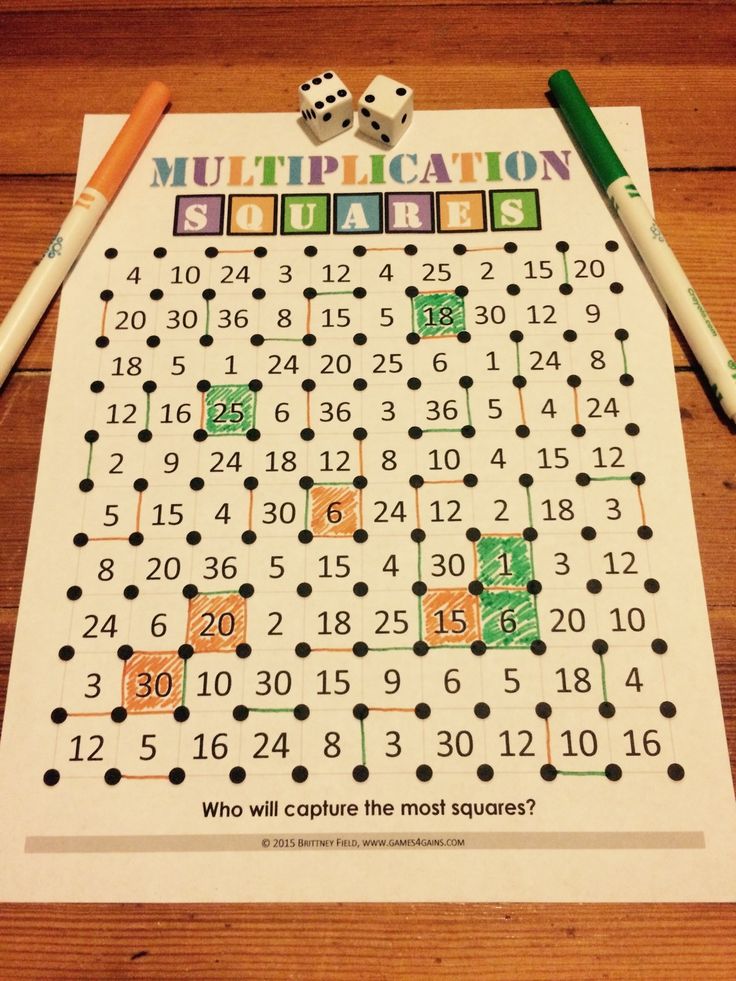 You can call out numbers and have kids jump to the correct one, or have them jump from one to the next in order forward or backward, or even try some skip counting.
You can call out numbers and have kids jump to the correct one, or have them jump from one to the next in order forward or backward, or even try some skip counting.
Learn more: NurtureStore
28. Paint and hide number rocks
Painted rocks are always a big hit! Have your class help you make these, then hide them around the playground and send kids off to find and answer equations.
Learn more: The OT Toolbox
29. Skip-count along a hopscotch board
A hopscotch board can be used for a lot of fun and active math games. Try it for skip counting: Kids hop along counting by 2s, 5s, 10s, or whatever you’re currently working on. Learn more at the link below.
Learn more: Math Geek Mama/Skip-Counting Hopscotch
30. Aim and throw to practice math skills
Pick up a set of Sticky Darts and draw two dartboards side by side. You can label the rings with any numbers you like. Kids throw the darts and then add, subtract, multiply, or divide the numbers—your choice!
Learn more: Inspiration Labs
31.
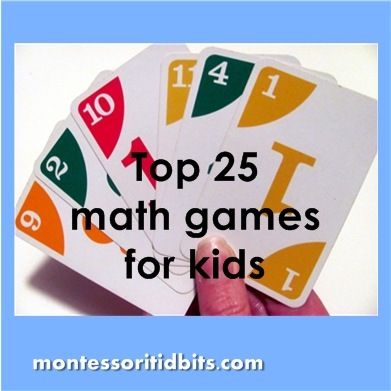 Design an outdoor board game
Design an outdoor board gameDraw a winding path and fill the spaces with math equations. Kids roll the dice and move from space to space (have them jump, skip, or twirl to mix things up). If they get the answer right, they move to the new space. If not, their turn is over. Customizable math games like this can be used at any level.
Learn more: Look! We’re Learning!
32. Turn UNO into an active math game
Grab your UNO deck and get ready to move! Assign each color a movement (hop, touch toes, etc.). As kids draw the cards, everyone completes the movement the correct number of times. Skip and Reverse work as usual, but anyone who gets Draw Two has to draw two more cards and complete the actions on their own while others cheer them on. See more at the link below.
Learn more: Still Playing School
33. Bowl them over while learning math facts
Active math games using recycled materials are economical and good for the environment.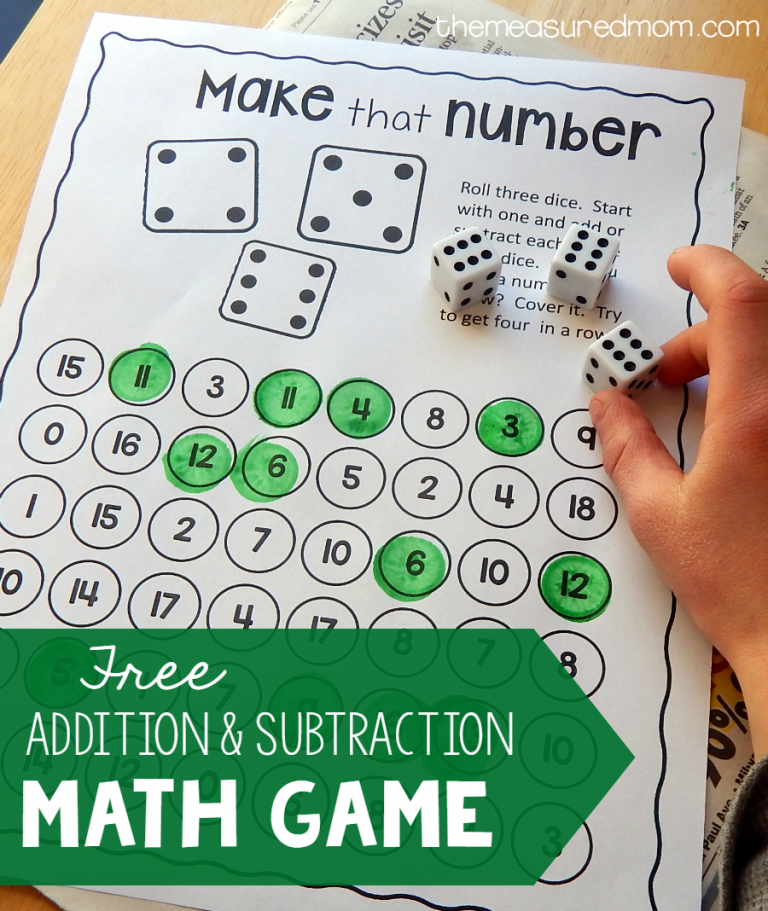 Set up empty plastic bottles labeled 1 through 10, then roll the ball to see how many you can knock down. Add up the numbers of the knocked-over bottles to get your score.
Set up empty plastic bottles labeled 1 through 10, then roll the ball to see how many you can knock down. Add up the numbers of the knocked-over bottles to get your score.
Learn more: Learn With Play at Home
34. Compete to win at putt-putt math
Pick up a few dollar-store supplies and make your own putt-putt course. This can be a simple game where kids simply shoot for the highest (or lowest) number. But you can also drive up the complexity by putting equations on the cups that kids have to solve first to determine which is the best cup to aim for.
Learn more: My Catch a Star Classroom!
35. Give a classic game a math twist
Create active math games that give new life to existing resources. For example, add numbers to Twister! For more advanced players, instead of saying “Right hand 5,” try saying “Right hand 14 – 9” to make them think.
Learn more: Math Geek Mama/Twister Math
If you like these active math games and are looking for more ways to move in the classroom, try these 21 Kinesthetic Reading Activities for your most active learners.
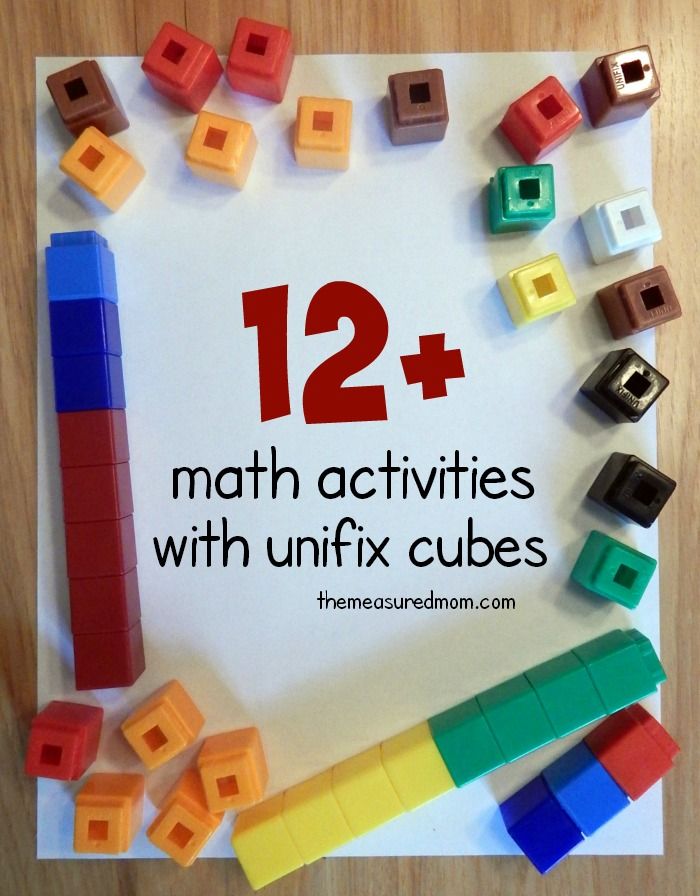
Plus, sign up for our free newsletters to get all the best teaching tips and ideas!
Page not found - Children's site BEES.
- Home
- Library
- needlework
- Household
- Experiments
- Creativity
- Growing healthy
UNFORTUNATELASISTARA) error in the link you followed or typed. This way to the home page.
- MAIN
- PARENTS
-
- EDUCATION BY LOVE
-
- MISTORTED VALUES
- RITUALS IN THE LIFE OF A CHILD
- BIRTH OF A BABY
- LEARN TO UNDERSTAND ME!
- FIRST YEAR
-
- NEWBORN REGULATION
- DAY REGULATION from 3-6 months
- DAY SCHEDULE from 5-6 months
- DAY MODE from 6-9 months
- DAY SCHEDULE from 9-12 months
- FOOD
- FOOD CHART
- MASSAGE from 1.5-3 months
- MASSAGE from 3-6 months
- WAKE
-
- BABY PLAY
- PLAY WITH YOUR BABY
- DIAPER TRAINING
- CHILD DIAP
- SECOND YEAR
-
- DAY SCHEDULE from 1-1.
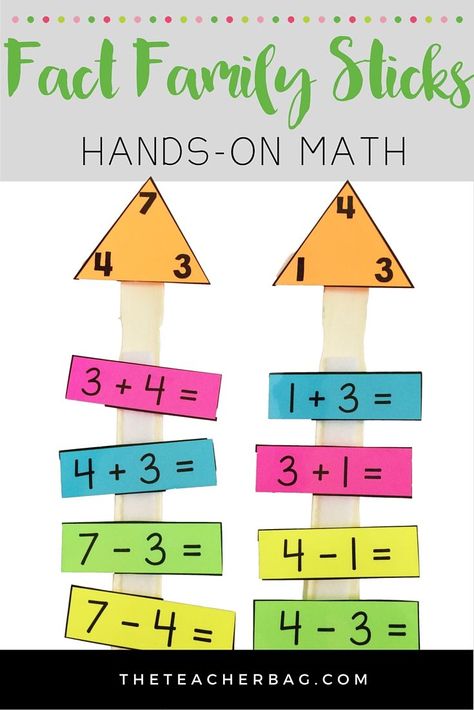 5 years old
5 years old - DEVELOPMENT INDICATORS 2 YEARS
- DAY SCHEDULE from 1-1.
- PRESCHOOL CHILD DAY SCHEDULE (from 1.5 years old)
- ADVICE TO PARENTS
-
- PROBLEMS IN EDUCATION nine0003 AGGRESSION
- ADAPTATION OF CHILDREN IN KINDERGARTEN
- CHILD SAFETY
- well-behaved child
- EDUCATION OF A GIRL
- EDUCATION OF SONS
- EDUCATION OF A BOY
- KINDERGARTEN READY
- FRIENDS OF MOTHERHOOD
- HOW TO TRAIN A ASSISTANT?
- HOW WE HURT OUR CHILDREN
- HOW NOT TO SCREAM AT YOUR CHILD
- CONTRACT OR PUNISHMENT
- HOW TO WEAN THE PATCH? nine0003 ONE-YEAR-OLD BABY CRISIS
- naughty child
- WHEN AND HOW TO ATTRACT YOUR CHILD TO HOUSEHOLD
- PSYCHOLOGIST CONSULTATION
- PLAYGROUND CONFLICT
- CRISIS 3 YEARS
- CHILD'S FAVORITE COLOR
- BOY PLAYS WITH DOLL
- WHAT WILL THE CHILDREN ALWAYS REMEMBER?
- ADVERTISING AND CHILDREN
- ERRORS OF PARENTS IN EDUCATION
- TEEN
- ADOLESCENT DEPRESSION nine0003 HOW TO STOP TEENAGE SUICIDE?
- INDIVIDUAL EDUCATION METHOD
- PRAISE FOR CHILDREN
- WHY DO CHILDREN CRY from 2 to 4 years old?
- WHY DO CHILDREN SUCK THE FINGER?
- SHOULD I PUT IN A CORNER?
- stubbornness
- LESSONS IN POLITENESS
- LEARNING TO KEEP YOURSELF IN HANDS
- GOOD HABITS
- YABEDA-KORYABEDA
- CHILD DOES NOT EAT IN KINDERGARTEN
- LIST OF TOYS from 0-6 YEARS
- JUNIOR MRI DIAGNOSTIC
- MULTI-SPORTMAN
- SMALL HYPNOTHER
- JUNIOR BOTANY
- ARTISTIC DECLAMATOR
- JUNIOR CITY
- 3-SUMMER COOK
- SIX-YEAR-OLD AMATEUR OF SHAKESPEARE IN THE ORIGINAL
- AT 5 YEARS WITH ENCYCLOPEDIC KNOWLEDGE
- HOW DID THE BABY TEACH SEVEN LANGUAGES? nine0004
- QUEEN PATTER
- 3 YEARS OLD CHESS PLAYER
- DUEL WITH Sergey Karyakin
- SUNNY CLOWN OLEG POPOV
- WHAT TO READ TO CHILDREN?
- HOW TO GET A LOVE FOR BOOKS? nine0004
- LET'S TEACH A BABY TO SPEAK (Nursery rhymes, jokes)
-
- BABELING, FIRST syllables, SPEECH UNDERSTANDING FROM 3 MONTHS.
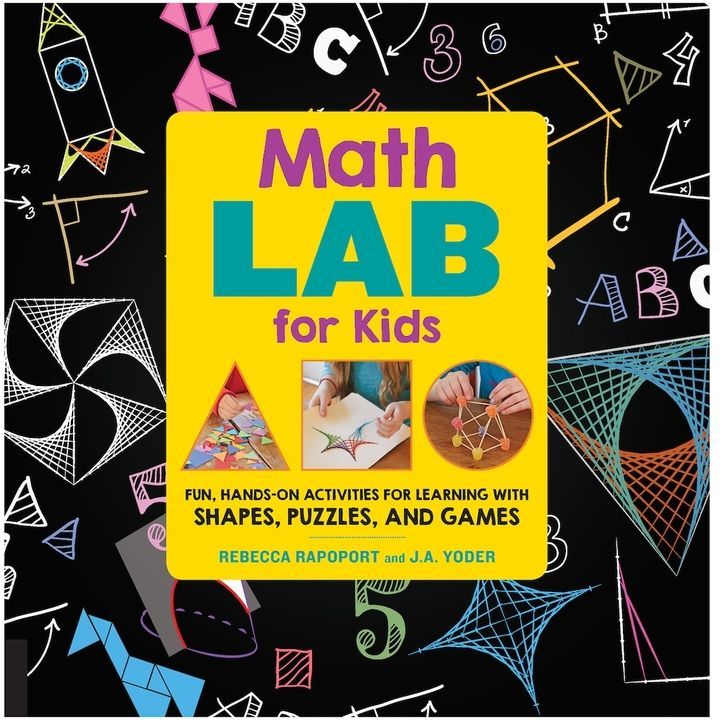 UP TO 12 MONTHS
UP TO 12 MONTHS - BABY NAME
- WAKE UP ROLLS
- WASHING ROLLS
- FEEDING ROLLS
- COMFORTERS
- WALKING ROLLS
- TRADITIONAL GAMES WITH CHILDREN
- HOW TO PLAY PALLET
- FUNCTIONS FOR FUN AND SCIENCE
- Rhymes, Rhymes, Rhymes
- CAT HOUSE BURNED
- BABELING, FIRST syllables, SPEECH UNDERSTANDING FROM 3 MONTHS.
- CHILDREN'S PHRASEOLOGIES
- MYSTERIES IN PICTURES
- COLLECT PROVERBS
- LULLABIES
-
- LULLABY OF THE BEAR FROM M/F "UMKA"
- LULLABY "A CRICKET SINGS BEHIND THE OVEN"
- LULLABY "SLEEP, MY JOY, SLEEP"
- LULLABY "THE EARTH IS ENVELOPED IN SILENT NIGHT"
- LULLABY "ABOUT THE FOUR RAINS" nine0003 DAD'S LULLABY
- LULLABY FOR DAUGHTER
- LULLABY "IN THE MUSICAL CRADLE"
- TALES AND HINTS
- WOLF AND SEVEN KIDS
- SWAN GEESE
- TWO GREEDY BEARS
- ZAYUSHKINA'S hut
- Ryaba HEN or GOLDEN EGG
- KOLOBOK
- CAT, COCK and FOX
- SISTER FOX AND GRAY WOLF
- FOX WITH ROLLING ROLL
- MASHA AND THE BEAR
- BY PICK
- TURNIP
- TEREMOK
- THE THREE PIGS
- THREE BEARS
- POETRY AGNIIA BARTO
- ANT'S ADVENTURE
- GALKA B.
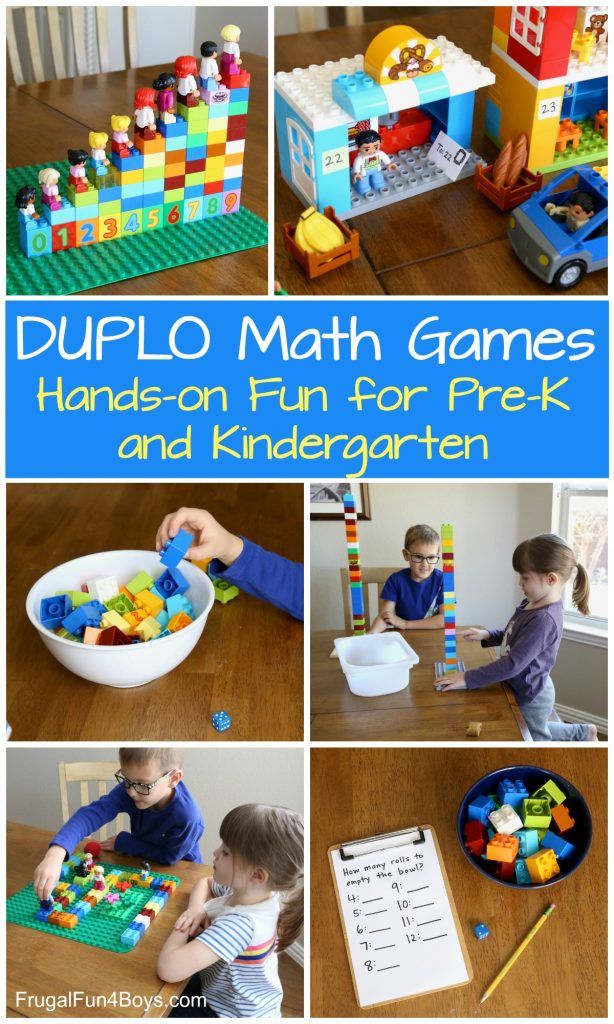 S. Zhitkov
S. Zhitkov - SMOKE B.S. Zhitkov
- POEMS FOR CHILDREN S.Ya.Marshak
- Luggage S.Ya.Marshak
- THIS IS A DIFFERENT S.Ya.Marshak
- CHILDREN IN A CAGE S.Ya.Marshak
- CAR N. Nosov
- LIVING HAT N. Nosov
- PUTTY N, Nosov
- Mishkina porridge N, Nosov
- resourcefulness N, Nosov
- Dreamers N. Nosov
- MAGIC WORD V.A. Oseeva
- TORN SHEET V.A. Oseeva
- GIRL WITH A DOLL V.A. Oseeva
- DEBT V.A. Oseeva
- BEFORE THE FIRST RAIN V.A.Oseeva
- WHO IS STUPIDER? V.A.Oseeva
- WHO IS THE OWNER? V.A.Oseeva
- VISITED V.A. Oseeva
- ON THE SKIN V.A. Oseeva
- offenders V.A. Oseeva
- REVENGE V.A. Oseeva
- COOKIES V.
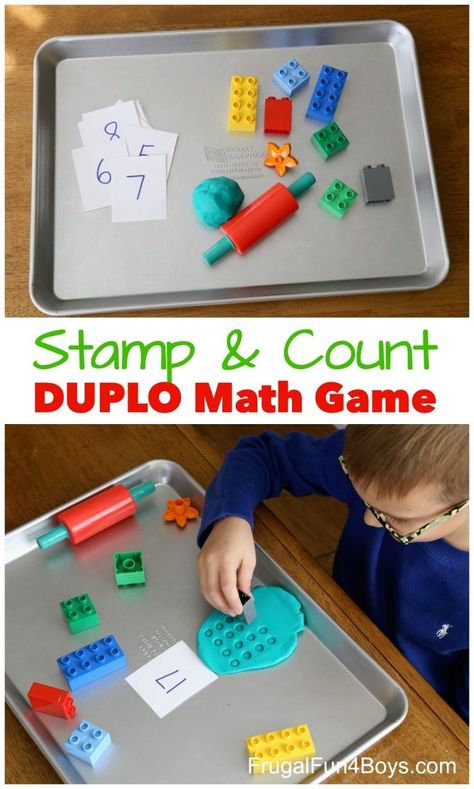 A.Oseeva
A.Oseeva - BLUE LEAVES V.A.Oseeva
- CASE OF V.A. Oseev
- WATCHMAN V.A. Oseeva
- SONS OF V.A.Oseev
- THREE COMRADES V.A. Oseeva
- GOOD V.A.Oseeva
- THE TALE OF THE GOLDEN COCK
- UNDER THE MUSHROOM V.G. Suteev
- CHICKEN AND DUCKLING V.G. Suteev nine0003 THREE KITTENS V.G. Suteev
- SPRING HAS COME L.N. Tolstoy
- SPRING L.N. Tolstoy
- LITTLE STORIES LN Tolstoy
- ACULA L.N. Tolstoy
- GIRL AND MUSHROOMS L.N. Tolstoy
- HOW I LEARNED TO RIDE L.N. Tolstoy
- BONE L.N. Tolstoy
- KITTEN L.N. Tolstoy
- LION AND DOG L.N. Tolstoy
- LIAR L.N. Tolstoy
- FOUNDLING L.
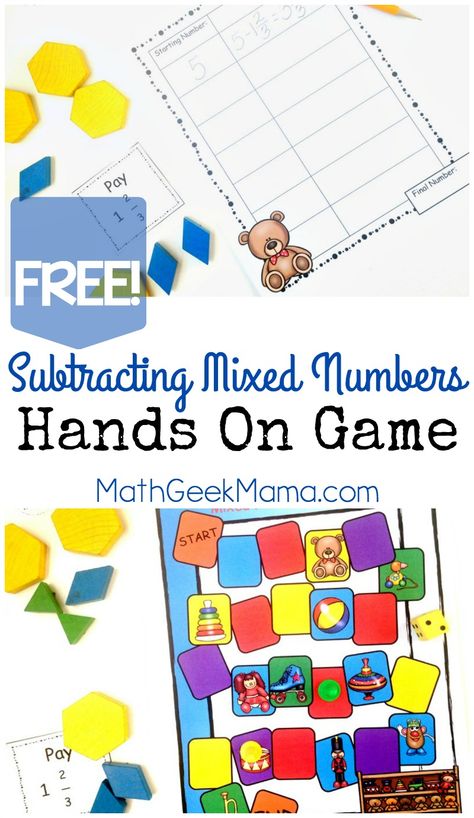 N. Tolstoy
N. Tolstoy - FIRE L.N. Tolstoy
- JUMP L.N. Tolstoy
- BIRD L.N. Tolstoy
- FILIPOK L.N. Tolstoy
- AIBOLIT K.I. Chukovsky
- FLY-TSOKOTUHA K.I. Chukovsky
- ROCKET K.I. Chukovsky
- DON'T WAKE UP UNTIL SPRING! nine0004
- TRACKS OF UNSeen Beasts
- HOLIDAY ON ICE!
- CATCH, FISH
- JAM DAY
- MOM'S WORK
- SANDWICHES
- DESSERT
-
- CURD DESSERT
- OVEN
-
- PANCAKES FOR SHROVE
- OPENWORK PANCAKES
- PANCAKES
- PANCAKES WITH MEAT
- PANCAKES WITH SEA
- CREPES WITH COTTAGE CHEESE
- PANCAKE CAKE
- DELICIOUS CAUSER
- SHORT COOKIES
- COCONUT COOKIES
- COTTAGE COTTAGE PIE WITH RAISINS
- CHOCOLATE CAKE
- SOCNIKI
- APPLE Puffs
- MEAT DISHES
-
- Hedgehogs
- POTATO CAUSER
- Plov
- FISH
-
- MACKERLE, SMALLED
- COD IN FOIL
- CUTLETS
-
- DELICIOUS CUTLETS
- BUCKWHEAT CUTLETS
- ZANDAK CUTLETS
- GROUND CHICKEN CUTLETS WITH OAT FLAKES
- CHICKEN CUTLETS WITH CHEESE
- CHICKEN CUTLETS WITH RICE AND PEPPER
- CUTLETS WITH FILLING
- CUTLETS STEWED IN MILK
- POTATO CUTLETS
- GARNISH
-
- FRIES
- Cabbage Fritters
- SALAD
-
- ORANGE SALAD
- SALAD WITH RUNS
- SALAD WITH CRUSHERS AND CHICKEN FILLET
- HAM SALAD
- SALAD, SIMPLE
- "SUNNY" SALAD
- CAESAR SALAD
- KOREAN CARROT AND LIVER SALAD
- SALAD WITH AVOCADO
- SALAD "SNOW GLADE"
- SOUPS
-
- MUSHROOM SOUP WITH HOMEMADE Noodles
- MUSHROOM SOUP WITH MILK
- MUSHROOM SOUP WITH CHEESE
- RASSOLNIK
- VITAMIN SOUP
- CREAM SOUP WITH CEP MUSHROOM
- CREAM SOUP WITH BACON
- CHANTERELLES SOUP
- CHEESE SOUP
- SOUP KHARCHO
- SOUPS FOR CHILDREN
-
- PEA SOUP
- SOUP WITH SPINACH
- CHICKEN SOUP WITH Zucchini
- RASSOLNIK
- SORLE SOUP
- RICE SOUP WITH MEATBALLS
- BUCKWHEAT SOUP WITH CHICKEN BROTH
- GREEN PUREE SOUP
- CHEESE SOUP WITH MEATBALLS
- COOKING TIPS
- DISH DECORATION
- MEMORY PRODUCTS
- ENCOURAGING CREATIVITY
- YOUNG TALENTS
- ERRORS IN CLASSES WITH CHILDREN
- A CHILD DRAWING A FAMILY: ANALYSIS OF THE PICTURE
- HOW TO INCREASE YOUR CHILD'S SELF-ESTIMATION
- APPLICATIONS
- PAPER PUPPIES
- MODELING
-
- MOLDING FROM PLASTILINE
- MOLDING FROM PLASTILINE
- SHAPING WITH CHILDREN
- SHAPING WITH A BABY
- SHAPING SPACE
- SHAPING A HORSE
- PUFF
- DOUGH SHOULDER
- POSTCARDS
- CRAFTS
- DRAWING
-
- PANCAKES
- PAINTINGS WITH SALT, MANCOA
- WE DRAW ON MANK
- UNUSUAL DRAWING
- LEARN TO DRAW ANIMALS
- LEARN TO DRAW BIRDS
- LEARN TO DRAW TRANSPORT
- DRAWING A CHRISTMAS
- EDUCATIONAL VIDEOS FOR BABY
-
- BABY BALLOONS 1 set
- BABY BALLS 2 compilation
- BABY BALLS 3 compilation
- BABY BALLS 4 compilation nine0003 BABY BALLS 5 compilation
- BABY BALLS 6 compilation
- BABY BALLS 7 compilation
- BABY BALLS 8 compilation
- BABY BALLS 9 compilation
- BABY BALLS 10 compilation
- BABY BALLS 11 compilation
- BABY BALLS 12 compilation
- BABY BALLS 13 compilation
- BABY BALLS 14 compilation
- MAN
- DINOSAURS
- MAMMALS
- FISH
- ABOUT FISH
- INSECTS
- INSECT CAMOUFLAGE
- HOW DO INSECTS PROTECT?
- BUTTERFLIES
- TURNING INTO A BUTTERFLY
- BIRDS
- BIRDS AND THEIR VOICES
- WINTER BIRDS
- WINTER BIRDS OF THE FOREST
- BIRTH OF A TREE
- PLANT NUTRITION
- HOW PLANTS BREATH
- WHY IS AIR NEEDED?
- PLANET IS OUR COMMON HOUSE
- NATURE OF RUSSIA
- WILDLIFE OF RUSSIA - KAMCHATKA
- WILDLIFE OF RUSSIA - PRIMORYE.
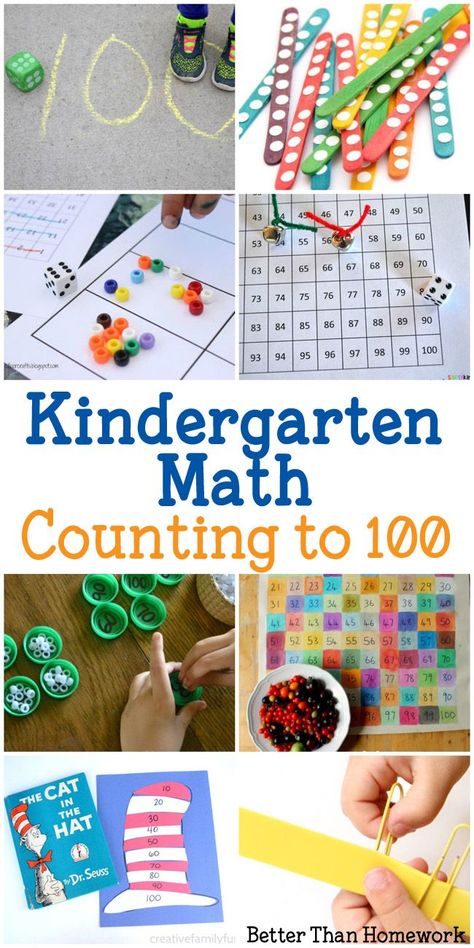 TAIOGNY REGION
TAIOGNY REGION - WILDLIFE OF RUSSIA - SIBERIA
- RUSSIA WILDLIFE - CAUCASUS
- RUSSIAN WILDLIFE - ARCTIC
- WILDLIFE OF RUSSIA - URAL
- RULES OF BEHAVIOR IN NATURE
- RULES OF BEHAVIOR IN NATURE - SAVE ANIMALS
- ENVIRONMENT 1 class LIVING AND NON-LIVING NATURE
- ENVIRONMENT Grade 1 SPECIES OF ANIMALS
- ENVIRONMENT 1 class IN WATER AND ON LAND
- ENVIRONMENT 1 class PETS
- 4 SEASONS
- JANUARY
- FEBRUARY
- MARCH
- APRIL
- MAY
- JUNE
- JULY
- AUGUST
- SEP
- OCTOBER
- NOVEMBER
- DEC
- PROFESSOR POCHEMUSHKIN 1-10 series
- PROFESSOR POCHEMUSHKIN 11-20 series
- PROFESSOR POCHEMUSHKIN 21-30 series
- ABOUT ANIMALS Collection 1
- ABOUT ANIMALS Compilation 2
- ABOUT WINTER Compilation 1
- ABOUT SPACE Collection 1
- INSECTS Collection 1
- ABOUT NATURE Collection 1
- ABOUT NATURE Collection 2
- ON PLANTS Collection 1
- EXPLAINERS Compilation 1
- MASHA AND THE BEAR ALL SERIES IN A ROW
-
- MASHA AND THE BEAR ALL SERIES IN A ROW (7-11 series
- MASHA AND THE BEAR ALL SERIES IN A ROW (12-16 series)
- MASHA AND THE BEAR ALL SERIES IN A ROW (17-21 series)
- MASHA AND THE BEAR ALL SERIES IN A ROW (22-26 series
- MASHA AND THE BEAR ALL SERIES IN A ROW (27-32 series)
- MASHA AND THE BEAR ALL SERIES IN A ROW (33-37 series)
- MASHA AND THE BEAR ALL SERIES IN A ROW (38-42 series
- MASHA AND THE BEAR ALL SERIES IN A ROW (43-47 series
- MASHA AND THE BEAR ALL SERIES IN A ROW (48-52 series
- MASHA AND THE BEAR ALL SERIES IN A ROW (Collection 53-57 series) NEW SERIES 2016! nine0004
- MASHA AND THE BEAR WATCH ONLINE CARTOON
-
- FIRST ENCOUNTER 1 series
- CATCH, FISH 2 series
- ONE, TWO, THREE! SHINE CHRISTMAS TREE! 3 series
- DON'T WAKE UP UNTIL SPRING! 4 series
- SPRING IS COMING! 5 series
- TRACES OF UNSeen Beasts 6 series
- LIVE WITH WOLVES.
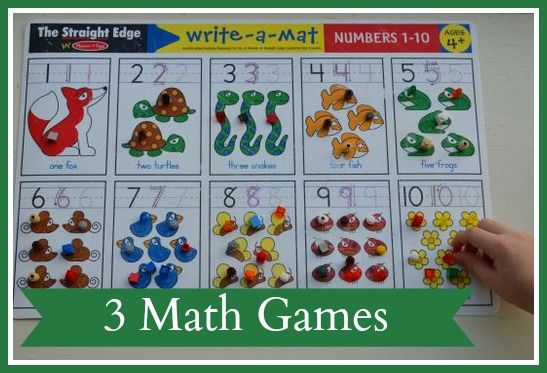 .. 7 series
.. 7 series - CALL ME, CALL ME! 8 series
- JAM DAY! 9 series
- HOLIDAY ON ICE 10 series
- FIRST TIME IN FIRST CLASS 11 episode
- BORDER ON THE LOCK 12 series
- WHO DOES NOT HIDE, I AM NOT GUILTY! Episode 13
- SKI 14 series
- BE HEALTHY! Episode 15
- MASHA+PORRIDGE 16 series
- FAR RELATED 17 series
- LARGE WASH 18 series
- ORCHESTRA REHEARSAL 19 series
- STRIPED MUSTACHE 20 series
- HOME ALONE 21 series
- BREATHE! DO NOT BREATHE! Episode 22
- LUNTIK 1 season; 1 issue (1-20 series) nine0003 LUNTIK 1 season; 2 issue (21-40 series)
- HOW TO TREAT BOA?
- GRANDMA BOA
- WHERE IS THE ELEPHANT GOING
- AND SUDDENLY IT WILL GO
- HELLO MONKEY
- TOMORROW WILL BE TOMORROW
- TAIL CHARGER
- GREAT CLOSURE
- NON-VISIBLE AID
- CAUTION
- PERCEPTION
- THINKING
- MEMORY
- TEACHING TO READ
- LEARNING TO HOLD A PEN
- ABC - COLORING
- ALPHABET
- ARITHMETIC-1
- ARITHMETIC-2
- PREPARING THE HAND FOR LETTER
- GETTING READY TO WRITE
- GRAPHIC DICTATIONS
- draw
- PRECISIONS FOR BABY-1
- PRECISIONS FOR BABY-2
- RECIPE FOR BEGINNERS
- CONNECT THE NUMBERS
- LEARNING TO WRITE NUMBERS
- ARTICULATION GYMNASTICS
- WORKOUT IN FRONT OF THE MIRROR
- TONGUE GYMNASTICS
- SOUND "L"
- SOUND "R"
- HIS SOUNDS
- WONDERFUL TRAINER
- EXERCISES FOR CLEAR AND CORRECT SPEECH
- SOUND DIFFERENTIATION
- PLEASANTS
- BABY COLORING #1
- COLORING FOR KIDS #2
- COLORING WILD ANIMALS
- PETS COLORING nine0003 POULTRY COLORING
- CHILDREN'S BATH
- SAFE SUMMER
- VITAMINS
- CHILD HYGIENE IN VERSE
- DENTAL HYGIENE
- CHILDHOOD ILLNESSES
- INCUBATION PERIOD FOR INFECTIOUS DISEASES
- BABY IS ill
- HIGH TEMPERATURE IN CHILDREN
- BABY CHARGER
- CHARGING WITH BABY
- CHARGING IN VERSE
- EXERCISE FOR CHILDREN FOR A BEAUTIFUL POSTURE nine0003 CHILD'S COUGH
Math Games for Preschoolers (Didactic)
Teaching a child mathematics is a long process aimed at applying great efforts not only by the mentor, but also by the student. Didactic games in mathematics for preschoolers are designed to diversify the learning process, destroy strict officialdom, and increase the degree of effectiveness of assimilation and understanding of mathematical foundations. nine0023
Didactic games in mathematics for preschoolers are designed to diversify the learning process, destroy strict officialdom, and increase the degree of effectiveness of assimilation and understanding of mathematical foundations. nine0023
Content:
Didactic games in mathematics in kindergarten: goals and objectives
Important to know
DIY didactic games for preschoolers
DIY math games in pictures
Card file of didactic games in mathematics for preschoolers
1454
Didactic games are held to increase the child's awareness of the world around. They develop observation skills, teach them to fix and find differences between objects, comparing them according to different characteristics. During the game process, children learn to find elementary cause-and-effect relationships.
Didactic games in mathematics in preschool educational institutions can be very different, their choice depends on the goal:
- The use of numbers and numbers in games helps to get acquainted with the concept of counting, the history of the emergence of numbers, improve counting and comparison skills.

These didactic math games for preschoolers help:
- improve the ability to independently use single digits;
- education of attentiveness, memory, thinking;
- mastering the method of distributing natural numbers, improving counting skills. nine0004
- Games designed to study time make children familiar with the days of the week, the names of the months, and teach them to remember their position on the calendar.
- Orientation development games allow students to learn to fix and express their own position on the ground, determine and name the location of any object relative to another. With the educational task achieved, preschoolers are able to use words to name the location of objects. nine0004
- Games with figures are used to strengthen knowledge about the shape of various geometric shapes, improve the skill of finding them in nearby things.
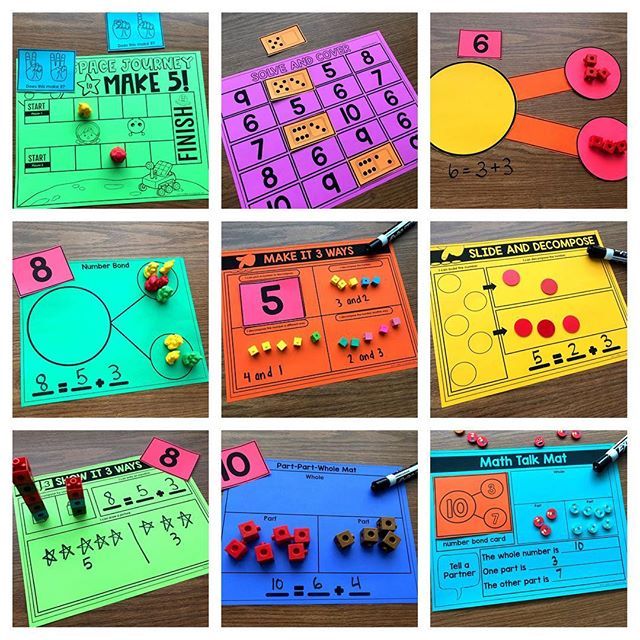 Such games are conducive to the education of attention and the formation of creative imagination in preschoolers.
Such games are conducive to the education of attention and the formation of creative imagination in preschoolers.
- Didactic mathematical games that develop logical thinking are originally designed to form the components of scientific thinking: making judgments, making arguments, summing up. They also help develop creativity and out-of-the-box thinking. nine0004
This is important to know
- For younger children, it is enough to allocate 5 minutes for them. Didactic games in mathematics in the senior group can last no more than 15 minutes. Exceeding this time may lead to a decrease in activity and a weakening of cognitive interest, which may adversely affect the result. nine0004
- If a team takes part in the game, it is necessary to pay attention to the individual abilities of each, and, if necessary, to provide assistance to those who are not successful for a successful outcome of the educational problem.
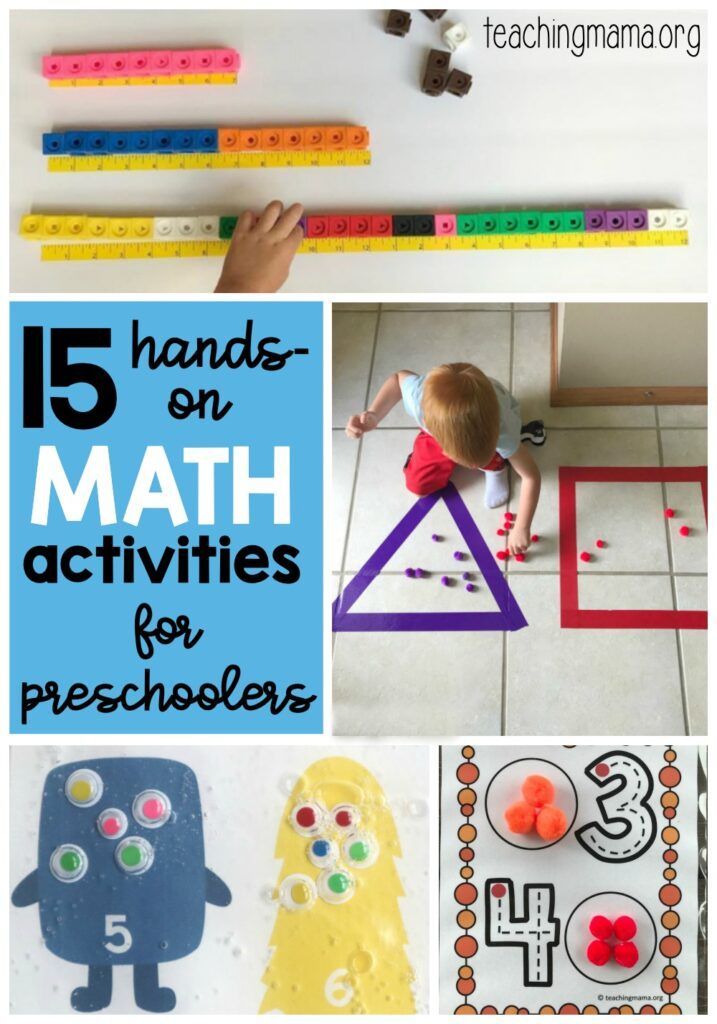
DIDactic games for preschoolers
should try to diversify the course of teaching. To do this, many develop and produce their own training sessions. In the manufacture of visibility, everything that is at hand can be useful, the main condition is harmlessness for kindergarten students. nine0023
Materials for creating didactic games can be as follows:
- improvised materials - fabric, yarn, buttons;
- natural raw materials - leaves, flowers, grass, cones;
- stationery - glue, gouache, colored paper, cardboard;
- imagination is the most important component.
DIY math games in pictures
Game in progress. Each preschooler has a drawing depicting a carpet. Pupils are required to describe the position of the parts of the pattern in the figure: on the left side, on the right, at the top or bottom.
"Solve an example"
Purpose: training to perform addition and subtraction within ten.
Game progress. The teacher throws a ball to a preschooler and calls an example. The pupil, having caught it, answers and returns the ball. Then the teacher throws the ball to the next one. nine0023
"Find the mistake"
Purpose : analysis of geometric shapes, comparison and finding the excess.
Game progress . The preschooler is invited to analyze the rows of geometric shapes and point out the error, offering a correction option with an explanation. A mistake can be a circle in a row of squares, or a red figure among yellow ones.
Show me
Target: improvement of the ability to recognize a geometric figure according to a given criterion.
Game progress. In front of a preschooler, several figures are randomly laid out, differing in color, shape and size. The teacher proposes to determine the figure according to the named criterion: a small square, a large red circle, etc.
The teacher proposes to determine the figure according to the named criterion: a small square, a large red circle, etc.
"One property"
Purpose: to consolidate knowledge about the properties of geometric shapes, develop the ability to characterize and distinguish figures by their characteristics. nine0023
Game progress: players must provide the same set of geometric shapes. One of the players puts one of them on the table. The task of the second player is to choose from his set a figure that differs from the one laid out by the previous player in only one of some signs. For example, if the first figure laid out is a large red circle, then the next one can be laid out a large red square or a large blue circle, or a small red circle. The game should be built on the principle of playing dominoes. nine0023
"Who are the neighbors?"
Game progress . Participants become in a circle. The teacher throws the ball and calls a random number.